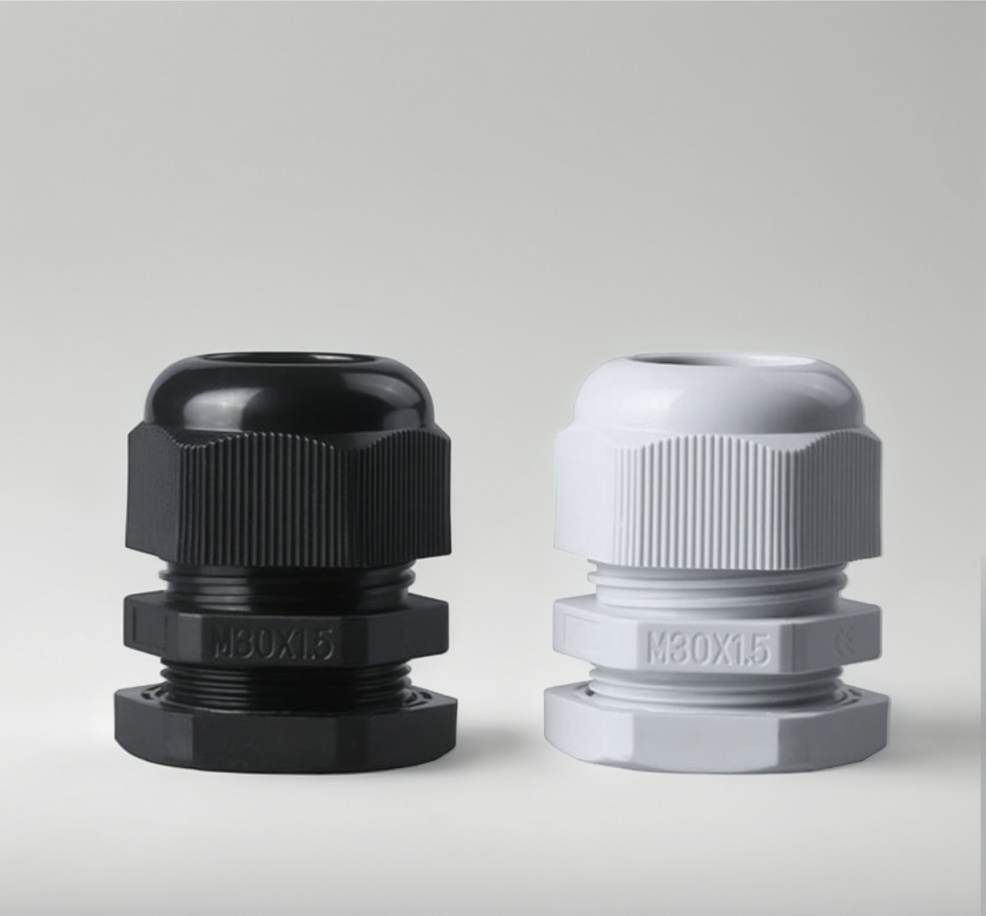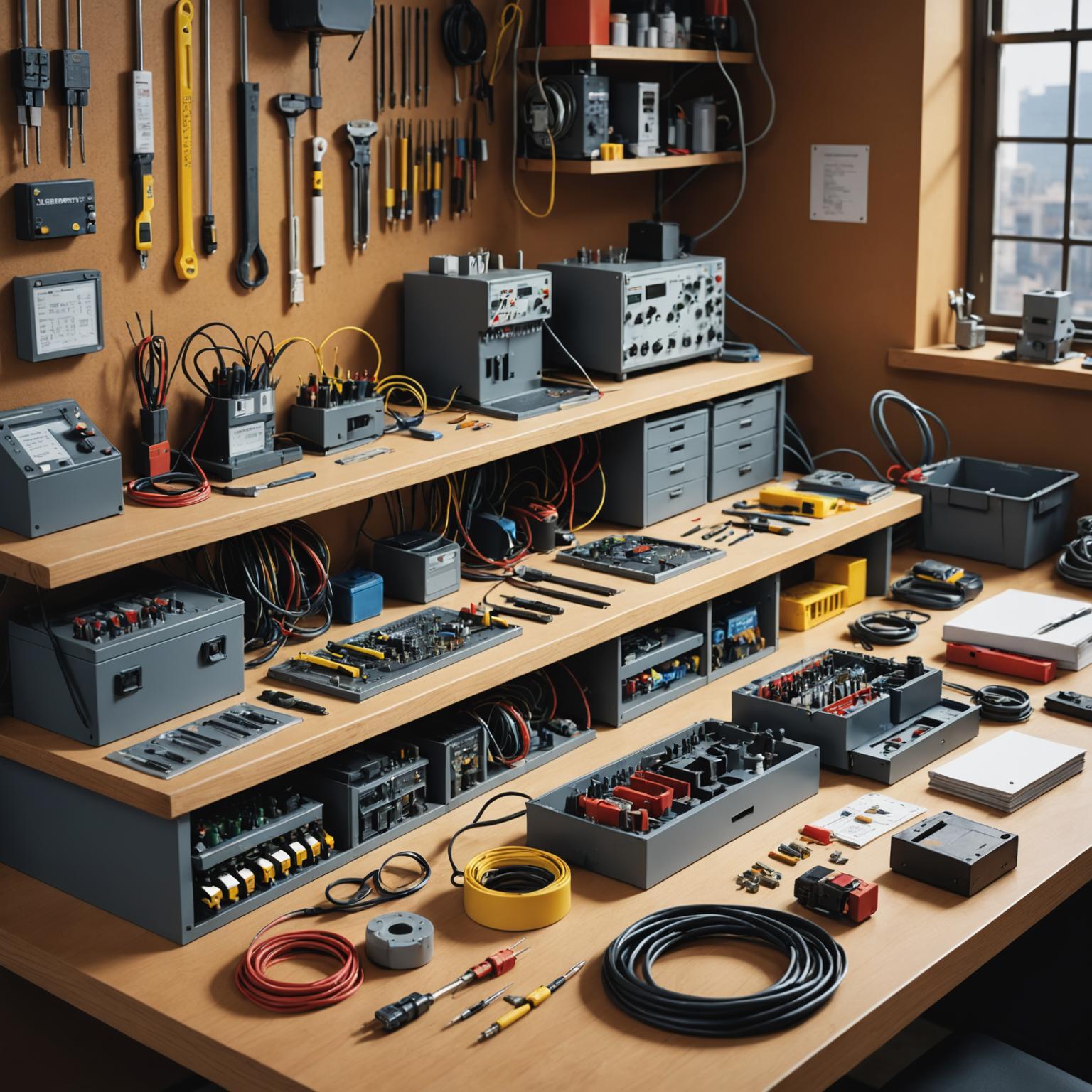In the intricate world of electrical systems, both industrial and domestic, the integrity of every connection is paramount. A seemingly minor component, the cable connector gland, plays a monumental role in ensuring the safety, longevity, and reliability of wiring. This essential device is the unsung hero of cable management, providing a secure and protected entry point for cables into enclosures. Understanding its function is the first step towards appreciating its importance, and exploring the different cable gland types reveals a world of specialized solutions designed for nearly any environment or application imaginable.

What is a Cable Connector Gland?
A cable connector gland, often referred to simply as a cable gland, is a mechanical cable entry device. Its purpose is multifaceted and crucial. At its core, it is designed to attach and secure the end of an electrical cable to a piece of equipment, a junction box, or an enclosure. Imagine a complex control panel in a manufacturing plant; countless cables enter the main housing, each carrying vital power or data. The gland ensures that each cable is firmly anchored, preventing it from being accidentally pulled out or twisted, which could lead to a catastrophic failure. This strain-relief function is fundamental, protecting the delicate electrical terminations inside from any physical stress exerted on the external part of the cable. Furthermore, a high-quality cable gland provides a robust environmental seal, shielding the internal electronics from dust, dirt, moisture, and other contaminants that could cause short circuits or corrosion.
A Guide to Cable Gland Types
The world of cable management is not a one-size-fits-all domain, which is why there are numerous cable gland types available, each engineered for specific conditions and cable constructions. The most common distinction is based on material. Plastic glands, often made from high-quality nylon, are lightweight, corrosion-resistant, and cost-effective, making them ideal for general-purpose applications in controlled environments. For more demanding industrial settings, metallic glands made from brass, aluminum, or stainless steel offer superior strength, durability, and resistance to harsh chemicals and extreme temperatures. Stainless steel, in particular, is prized for its exceptional corrosion resistance in marine or food processing environments. Beyond material, another critical factor in selecting from the available cable gland types is whether the cable is armored or unarmored. Armored cables have a metallic layer for extra protection, and they require a specific type of gland that can clamp onto both the inner and outer sheaths of the cable, ensuring electrical continuity and mechanical security. Unarmored cable glands are simpler in construction but equally effective for standard cables.
Mastering Cable Gland Installation
Proper cable gland installation is as critical as selecting the right type of gland. A flawless installation ensures that the gland performs its functions of sealing and strain relief to its maximum potential. The process begins with preparing the cable by carefully stripping the outer sheath to the correct length, exposing the inner conductors without damaging them. The enclosure entry point must also be prepared, ensuring a clean, correctly sized hole. The process of assembly is a tactile one; the gland’s components, typically a sealing nut, a seal, a body, and a locknut, are threaded onto the cable in the correct order. The body of the gland is then inserted into the enclosure’s entry hole and secured from the inside with the locknut. With the cable now passed through, the sealing nut is tightened. A well-designed gland, such as one with an ergonomic, ribbed grip, makes this step both easy and effective. As it is tightened, it compresses the internal seal around the cable’s outer sheath, creating a watertight and dust-tight barrier. This careful and precise cable gland installation is the final touch that guarantees a secure, protected, and professional-grade connection that will stand the test of time.
A Fusion of Function and Aesthetics: The M30x1.5 Gland
Exemplifying the evolution of this essential component is the modern M30x1.5 cable connector gland. This specific model showcases how functionality can be seamlessly blended with contemporary design. Available in classic black or pristine white, it moves beyond the purely industrial to complement sophisticated spaces like high-tech server rooms or even smart home setups where visual harmony is valued. Crafted from high-quality, robust materials, it is engineered to withstand environmental stressors, promising longevity. The design is intelligently ergonomic, featuring a distinct ribbed grip that allows for effortless, tool-free tightening, ensuring optimal support. This focus on user experience during cable gland installation does not sacrifice performance. The M30x1.5 threading provides a versatile, snug fit for a range of cable diameters, while its primary function of protection is executed flawlessly, shielding against moisture and dust to maintain the integrity of the connection within.
Why Choosing the Right Cable Gland Matters
In conclusion, the selection and installation of a cable connector gland is a decision that has a lasting impact on the performance and safety of any electrical system. From understanding the various cable gland types to match the material and cable construction, to executing a meticulous installation, every step is crucial. Components like the sleek and effective M30x1.5 gland demonstrate that modern solutions can offer the best of all worlds: robust protection, durable construction, and an aesthetic that fits the application. By investing in the right gland, you are not just managing a cable; you are ensuring the resilience and integrity of the entire system it powers, safeguarding it against physical strain and environmental hazards for years to come.

